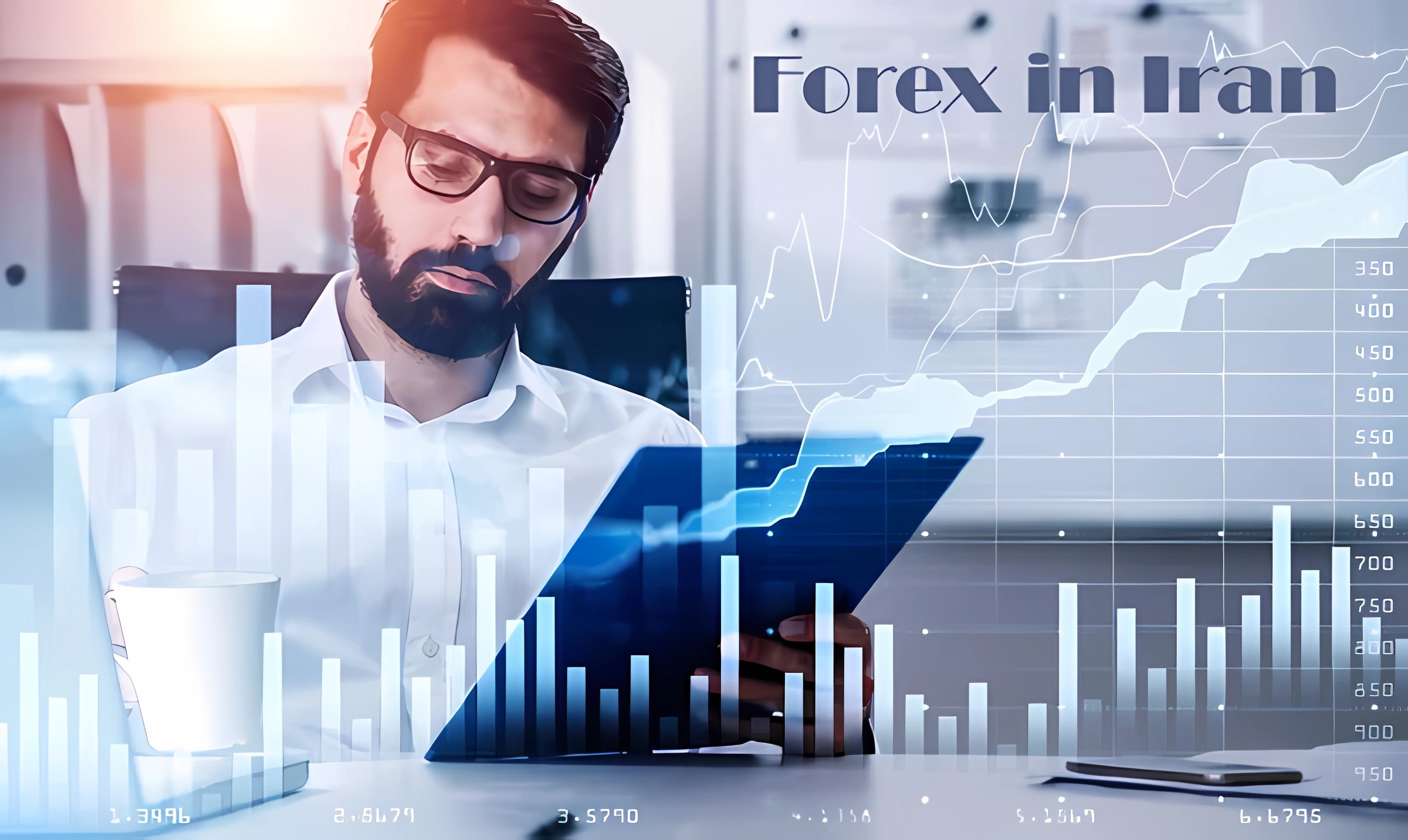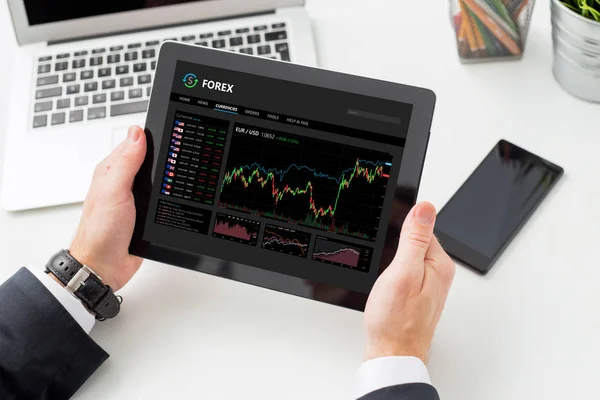
Overview of Iran's Foreign Exchange Market

The foreign exchange market in Iran, a cornerstone of its financial architecture, remains a complex and multifaceted landscape. As one of the largest economies in the Middle East, Iran's forex market plays a pivotal role in facilitating international trade, investment, and financial stability. However, it operates under unique constraints and dynamics shaped by both internal policies and external pressures.
Iran's forex market can be characterized by its dual exchange rate system, which includes an official rate set by the Central Bank of Iran (CBI) and a parallel market rate. This system has been implemented to stabilize the currency and control inflation, albeit with significant challenges. The disparity between these rates often leads to arbitrage opportunities and market distortions that traders and businesses must navigate.
The rial, Iran's national currency, has experienced significant volatility over the years due to economic sanctions, geopolitical tensions, and domestic economic policies. This volatility has led to a heightened demand for foreign currencies, making forex trading a crucial activity for businesses and individuals seeking to hedge against currency depreciation.
Iran's economy relies heavily on oil exports, and fluctuations in global oil prices have a direct impact on its foreign exchange market. A drop in oil prices can lead to reduced foreign exchange reserves, putting pressure on the rial and exacerbating economic instability. As a result, the Iranian government has been working to diversify its economy to reduce dependency on oil revenues.
The Central Bank of Iran plays a significant role in managing the forex market through interventions and regulatory measures. It aims to maintain a balance between keeping the rial stable and ensuring sufficient liquidity in the market. This involves active monitoring of currency flows and implementing policies to curb speculative activities and black market trading.
The emergence of digital currencies and the global trend towards economic digitalization present both opportunities and challenges for Iran's forex market. While cryptocurrencies offer an alternative means of conducting international transactions, their use is tightly regulated in Iran. The potential for blockchain technology to revolutionize financial transactions, however, represents a promising avenue for future development in Iran's forex market.
Key Players in Iran's Forex Industry

The Iranian forex industry is composed of a diverse array of stakeholders, each playing a distinct role in shaping the market landscape. At the forefront is the Central Bank of Iran, which serves as the primary regulatory authority and policy maker, overseeing the implementation of monetary policies and exchange rate mechanisms.
Commercial banks are key players in the forex market, facilitating currency exchange for businesses and individuals while adhering to regulations set forth by the CBI. These banks act as intermediaries, providing access to both the official and parallel exchange rate markets. They play a crucial role in channeling foreign currency earnings from exports and remittances into the economy.
Exchange houses, known locally as “sarrafis”, are another vital component of Iran's forex market. These entities offer currency exchange services outside the formal banking system, often operating in the parallel market. They cater to the needs of individuals and small businesses seeking foreign currency for trade, travel, or investment purposes.
Importers and exporters represent a significant segment of forex market participants. These businesses rely on currency exchange to conduct international trade, making them highly sensitive to fluctuations in exchange rates. The ability to access foreign currencies at competitive rates is critical for maintaining their competitive edge in the global market.
Investors and speculators, both domestic and international, contribute to the forex market's dynamic nature. They engage in forex trading with the goal of capitalizing on currency fluctuations, leveraging the dual exchange rate system, and hedging against economic uncertainties. Their activities can influence market liquidity and, at times, exacerbate volatility.
Finally, the Iranian government and its related entities, including state-owned enterprises, play a significant role in the forex market. They utilize foreign exchange reserves to manage fiscal policies, repay international debt, and fund critical imports. Their actions, often guided by geopolitical considerations, can have far-reaching impacts on the forex market and the broader economy.
Regulatory Environment for Forex in Iran

The regulatory environment for forex trading in Iran is shaped by a complex interplay of government policies, central bank directives, and international sanctions. The Central Bank of Iran is the primary regulatory authority responsible for overseeing forex activities, ensuring market stability, and safeguarding the national currency.
Iran's forex market operates under a dual exchange rate system, which is part of the regulatory framework designed to control inflation and stabilize the rial. The official exchange rate is used for essential goods and services, while the parallel market rate applies to other transactions. This dual system requires constant monitoring and adjustments by regulators to prevent market distortions and speculative activities.
To ensure compliance with international norms and mitigate the impact of sanctions, Iran has implemented stringent regulations on forex transactions. These include licensing requirements for exchange houses, strict reporting obligations for financial institutions, and restrictions on capital outflows. The aim is to prevent money laundering, financing of terrorism, and other illicit activities while maintaining economic stability.
Recent regulatory reforms have included measures to enhance transparency and accountability within the forex market. The introduction of electronic trading platforms and centralized currency allocation systems are designed to streamline processes, improve efficiency, and reduce opportunities for corruption and manipulation.
The Iranian government has been proactive in developing policies to encourage foreign investment and trade, despite the challenging regulatory environment. Initiatives such as free trade zones and special economic zones offer more favorable exchange rates and tax incentives to attract international businesses, providing a controlled environment for forex transactions.
While the regulatory framework aims to maintain order and stability, it also presents challenges for market participants. Navigating the complex web of regulations and adhering to compliance requirements can be cumbersome for businesses and individuals alike. As Iran seeks to integrate further into the global economy, ongoing reforms and adaptations to the regulatory environment will be essential for fostering a more open and competitive forex market.
Impact of Sanctions on Iranian Forex Trading

Economic sanctions have had a profound impact on Iran's forex market, influencing currency values, liquidity, and overall market dynamics. These sanctions, primarily imposed by the United States and its allies, aim to curtail Iran's nuclear program and limit its regional influence, but they have also significantly affected the country's economic landscape.
Sanctions have restricted Iran's access to international financial systems, including the SWIFT network, complicating cross-border transactions and limiting foreign currency inflows. This isolation has led to a scarcity of foreign exchange reserves, putting downward pressure on the rial and exacerbating volatility in the forex market.
The inability to freely trade with international partners has forced Iran to seek alternative mechanisms for conducting foreign trade, such as barter systems, currency swaps, and transactions in local currencies. These workarounds, while innovative, often result in less efficient trade processes, affecting the competitiveness of Iranian businesses on the global stage.
Sanctions have also prompted the Iranian government to implement stringent capital controls to prevent capital flight and stabilize the rial. These measures include restrictions on foreign currency holdings, limits on cross-border transfers, and mandatory repatriation of export earnings. While these controls have been somewhat effective in curbing currency depreciation, they have also constrained economic growth and investment.
The impact of sanctions extends beyond the formal forex market, giving rise to a thriving black market for foreign currencies. This parallel market often operates at significantly higher exchange rates, reflecting the scarcity of foreign currency and the heightened risk associated with non-compliance with regulatory requirements. The existence of this market poses challenges for policymakers striving to maintain exchange rate stability.
Despite the challenges imposed by sanctions, Iran has made concerted efforts to bolster its forex market through domestic reforms and the pursuit of new international partnerships. The development of digital currencies and blockchain technology represents a potential avenue for circumventing traditional financial channels, offering an innovative solution to the constraints imposed by sanctions.
Challenges Facing Forex Traders in Iran

Forex traders in Iran face a myriad of challenges, rooted in the country's unique economic, regulatory, and geopolitical context. One of the primary challenges is the dual exchange rate system, which creates complexities and uncertainties for traders seeking to capitalize on currency fluctuations while adhering to regulatory requirements.
Market volatility, driven by economic sanctions, geopolitical tensions, and domestic policy changes, poses significant risks for traders. The value of the rial can fluctuate rapidly, affecting trading strategies and profitability. Traders must remain vigilant, continuously monitoring both domestic and international developments that could impact exchange rates.
Regulatory constraints, including capital controls and reporting obligations, add layers of complexity to forex trading in Iran. Compliance with these regulations can be burdensome, requiring traders to navigate a web of bureaucratic processes while ensuring adherence to legal requirements. Non-compliance can result in severe penalties, further deterring potential market participants.
Access to reliable market data and trading platforms is another challenge for forex traders in Iran. The lack of transparency and limited availability of up-to-date information can hinder informed decision-making. Additionally, the technological infrastructure for online trading is still developing, restricting access to global forex markets and advanced trading tools.
Liquidity constraints, exacerbated by sanctions and economic isolation, impact the availability of foreign currencies in the market. This scarcity can lead to disparity between the official and parallel market rates, complicating trading activities and creating challenges for accurately pricing currency pairs.
Finally, the potential for political and economic instability in the region adds an additional layer of risk for forex traders in Iran. Unexpected policy shifts or geopolitical developments can lead to sharp market movements, requiring traders to be agile and adaptable in their strategies. As Iran continues to navigate these challenges, the resilience and innovation of its forex traders will be crucial in shaping the market's future trajectory.
Future Prospects for Forex in the Iranian Economy

The future prospects for forex in the Iranian economy are shaped by a combination of domestic reforms, geopolitical shifts, and technological advancements. As Iran seeks to reintegrate into the global economy, the development of a robust and transparent forex market will be critical for fostering economic growth and stability.
One potential avenue for growth lies in the diversification of Iran's economy away from oil dependency. By expanding non-oil exports and encouraging foreign investment in sectors such as technology, agriculture, and manufacturing, Iran can increase its foreign currency earnings and build a more resilient forex market.
Technological innovation, particularly in the realm of digital currencies and blockchain, offers promising opportunities for transforming Iran's forex landscape. The adoption of these technologies could enhance the efficiency of cross-border transactions, reduce reliance on traditional financial systems, and provide new channels for currency exchange.
Geopolitical shifts, including potential changes in international relations and the lifting of economic sanctions, could significantly impact Iran's forex market. Improved diplomatic ties and access to global financial systems would facilitate foreign trade and investment, bolstering foreign exchange reserves and stabilizing the rial.
Domestic regulatory reforms aimed at increasing transparency, reducing corruption, and fostering competition within the forex market will also play a crucial role in shaping its future. By creating a more open and predictable regulatory environment, Iran can attract foreign investment and encourage greater participation from domestic traders and businesses.
However, challenges remain, including the need to address economic imbalances, manage inflation, and mitigate the risks associated with geopolitical uncertainties. The resilience of Iran's forex market will depend on the government's ability to implement effective policies and adapt to an ever-evolving global economic landscape.
In conclusion, while the path forward for forex in Iran is fraught with challenges, it also holds significant potential for growth and transformation. By leveraging its economic strengths, embracing technological advancements, and pursuing strategic reforms, Iran can create a dynamic and competitive forex market that contributes to the overall prosperity of its economy.

به نظرم استفاده از تکنولوژی بلاکچین میتونه به بهبود بازار ارز ایران کمک کنه.
.صرافیها بخش مهمی از بازار ارز رو تشکیل میدن و به نیازهای افراد و کسبوکارها پاسخ میدن
تحریمها دسترسی ایران به سیستمهای مالی بینالمللی رو محدود کرده و تاثیر زیادی روی بازار گذاشته.
نوسانات ریال به خاطر تحریمها و سیاستهای داخلی باعث شده تا تقاضا برای ارزهای خارجی زیاد بشه.
بازار ارز ایران خیلی پیچیده است، ولی نقش مهمی در تجارت بینالمللی داره.
دوگانگی نرخ ارز باعث ایجاد فرصتهای آربیتراژ و پیچیدگی در بازار شده.
بانک مرکزی نقش کلیدی در مدیریت بازار ارز داره و تلاش میکنه ثبات اقتصادی رو حفظ کنه.